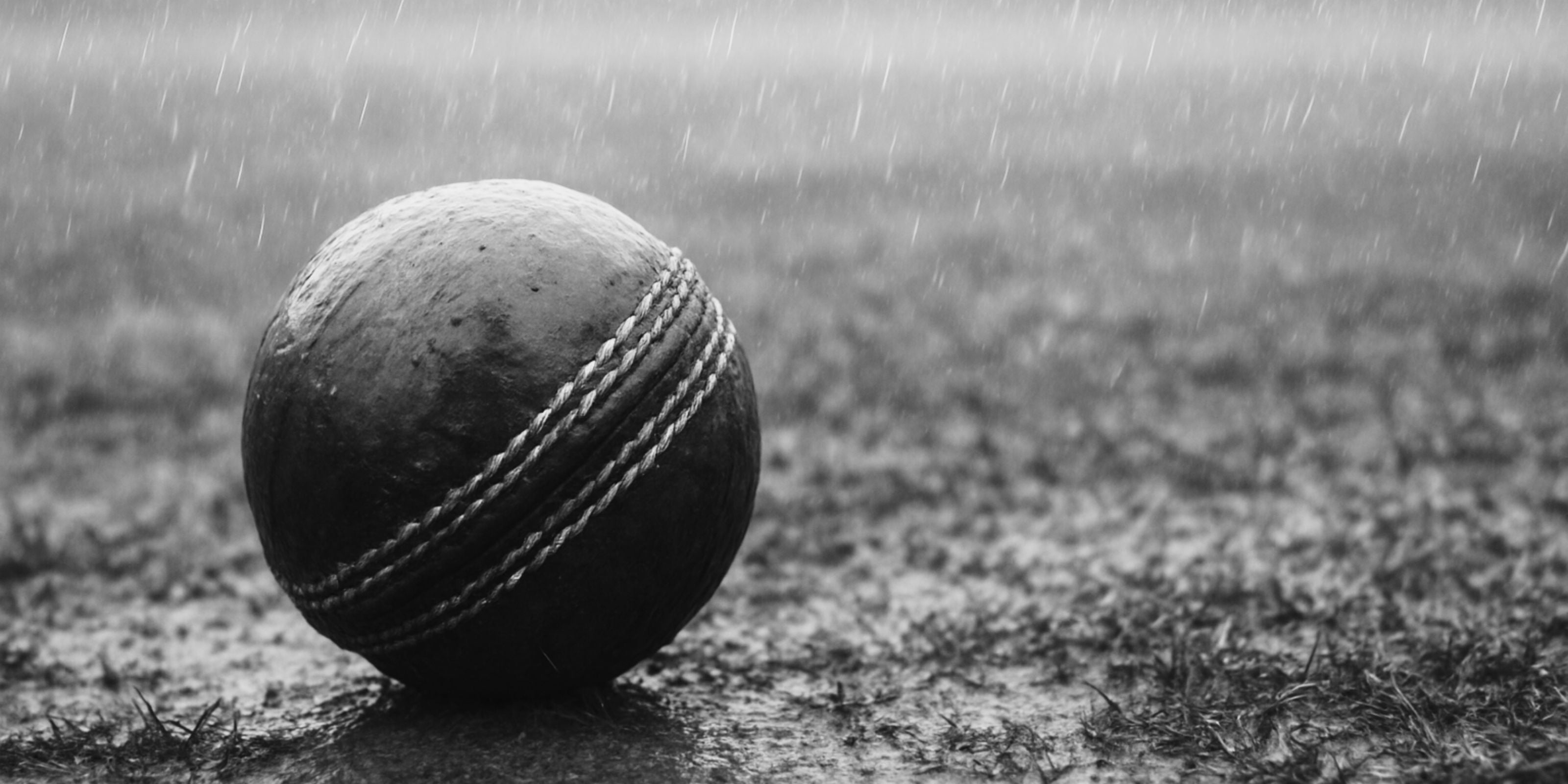
Weather Affects On Cricket Ball Performance
How Weather Affects Cricket Ball Performance
Cricket is a game where even the smallest conditions can change the outcome of a match — and weather plays a massive role, especially in how the cricket ball behaves.
From dry heat to heavy humidity, chilly mornings to stormy afternoons, the ball reacts differently under each type of weather, impacting swing, seam movement, bounce, and wear.
Understanding these weather effects helps players — especially bowlers — adjust their strategies and control the ball better during matches.
How Different Weather Conditions Affect the Cricket Ball
Sunny and Dry Weather
-
Impact on Ball:
In dry conditions, the ball tends to get rough quickly, especially on one side. The shiny side loses gloss faster, making it harder to maintain conventional swing. -
Bowler Strategy:
Bowlers focus more on reverse swing by keeping one side rough and polishing the other. Spin bowlers enjoy more grip and turn on dry pitches.
Humid and Moist Weather
-
Impact on Ball:
High humidity helps the ball retain shine longer, promoting conventional swing. The moisture in the air makes it easier for the ball to move sideways. -
Bowler Strategy:
Fast bowlers love humid conditions as the ball can swing beautifully. Keeping the seam upright is crucial to maximize movement.
Cold and Damp Conditions
-
Impact on Ball:
In cold, damp weather, the ball feels heavier and softer. It absorbs some moisture from the air and the ground, leading to reduced bounce and slower speeds. -
Bowler Strategy:
Seam bowlers thrive because the seam stays prominent. However, spinners might find it harder to get good grip on a damp ball.
Windy Conditions
-
Impact on Ball:
Wind can assist in swing bowling, especially when used smartly with the ball’s shiny and rough sides. One side exposed to the wind will aid movement. -
Bowler Strategy:
Bowlers align their run-up and delivery angle with the wind to maximize swing or cut the wind when needed.
Overcast and Cloudy Weather
-
Impact on Ball:
Cloudy skies often increase swing dramatically. The moisture in the air helps the ball move more unpredictably. -
Bowler Strategy:
Perfect conditions for swing bowlers. Keeping one side polished and seam upright brings deadly movement.
Rain-Affected Conditions
-
Impact on Ball:
When rain interrupts play, the ball often gets wet and heavier, losing its natural movement. Wet outfields also slow down the ball. -
Bowler Strategy:
Grip becomes tough. Spinners struggle, while pacers may rely more on skiddy deliveries rather than traditional swing.
Tips for Cricketers to Adapt to Weather Changes
-
Maintain the Ball: Constantly shine one side, especially in dry or cloudy conditions.
-
Adjust Your Grip: Use a firmer grip in humid or wet weather to avoid losing control.
-
Choose the Right Line and Length: In swinging conditions, pitch it up fuller. In dry conditions, bowl shorter to exploit rough surfaces.
-
Stay Mentally Flexible: Be ready to change your bowling or batting strategy as the weather changes during the match.
Final Words
Weather isn't just a backdrop in cricket — it’s an active player!
Understanding how sun, humidity, cold, and wind affect the ball gives players an edge over their opponents. Whether you're a budding fast bowler, a crafty spinner, or a strategic captain, mastering weather reading can turn you from a good player into a game-changer.
At Zee Sports, we believe in empowering every cricketer with the knowledge to dominate under any sky!
_____________________________________________________________
All Zee Sports Cricket Balls Pages Links.
https://zeesports.co/collections/7-star-cricket-balls
https://zeesports.co/collections/sports-balls
https://zeesports.co/collections/tape-tennis-balls
https://zeesports.co/collections/rugby-ball
https://zeesports.co/collections/volley-balls
https://zeesports.co/collections/soccer-balls
https://zeesports.co/collections/balls
https://zeesports.co/collections/cricket-balls
https://zeesports.co/collections/5-star-cricket-balls


Leave a comment
This site is protected by hCaptcha and the hCaptcha Privacy Policy and Terms of Service apply.